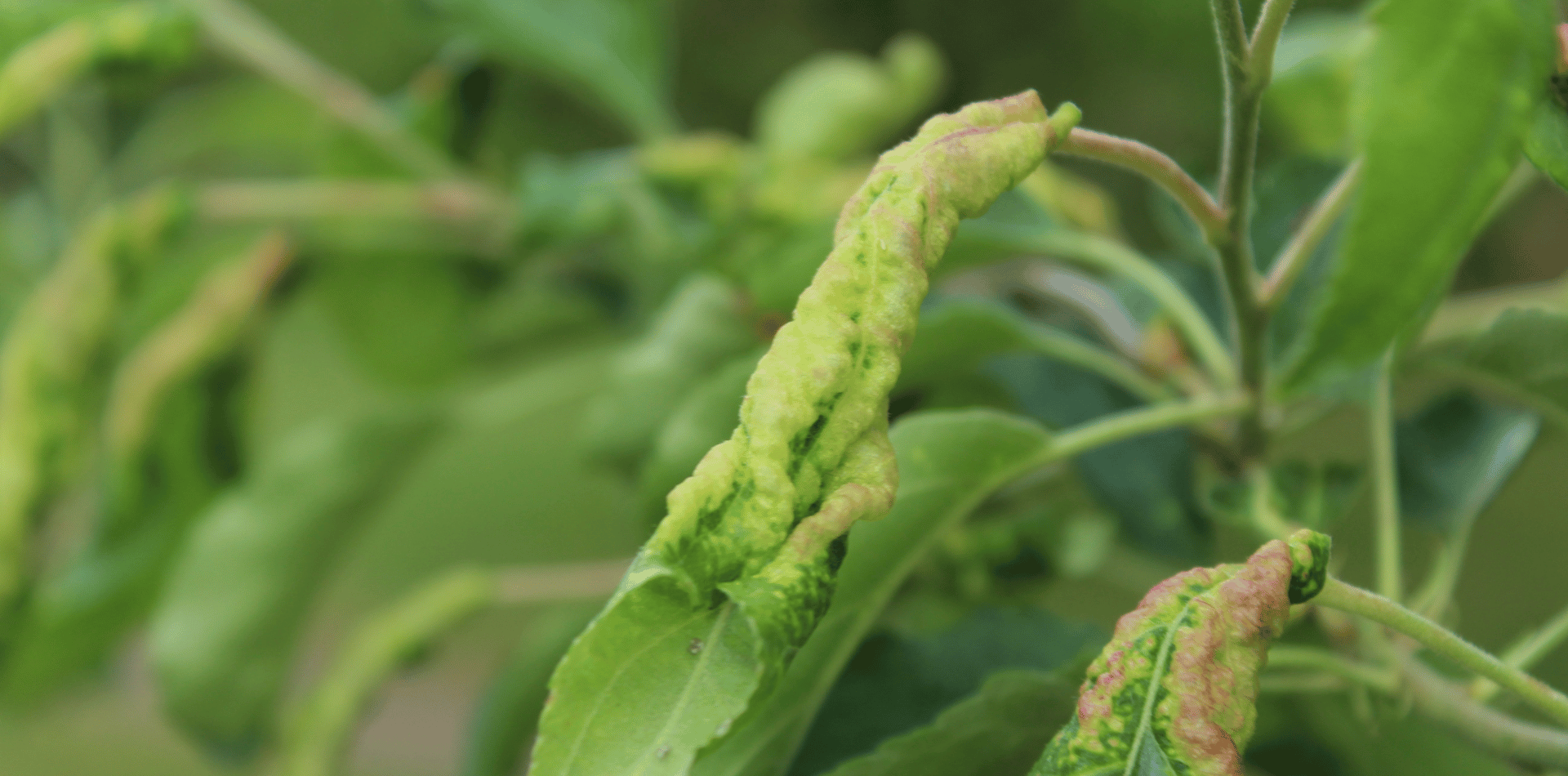The Importance of Stump Grinding for Soil Quality
The Critical Role of Stump Grinding in Enhancing Soil Quality
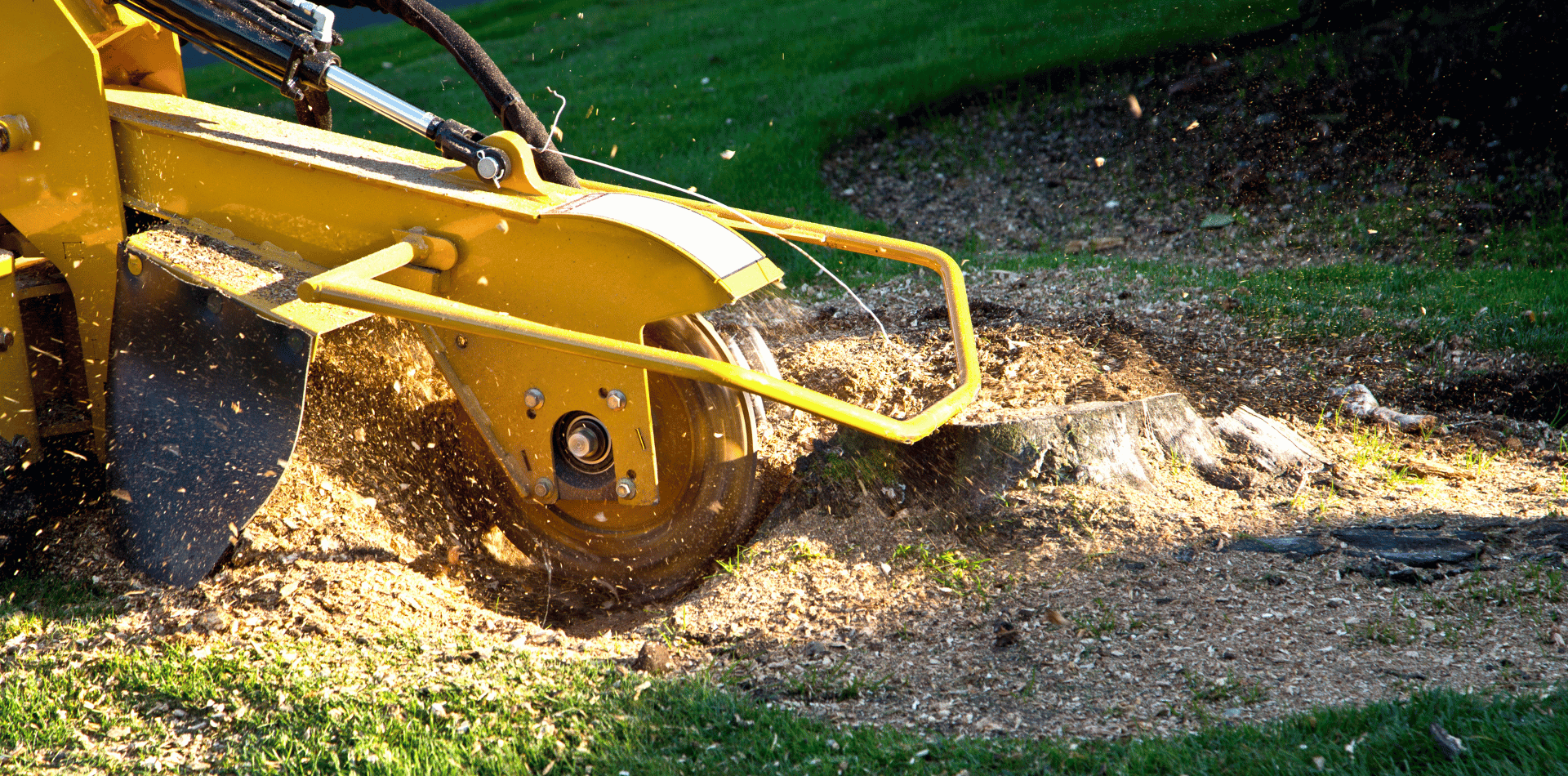
The removal of tree stumps is more than just an aesthetic concern; it plays a crucial role in maintaining soil health and supporting a thriving garden or landscape.
Often overlooked in the broader scope of landscaping, stump grinding is an essential service that yields numerous benefits, not only for the immediate appearance of your outdoor space but also for its long-term ecological health and stability.
Understanding Stump Grinding
What is Stump Grinding?
Stump grinding is a mechanical process that shreds tree stumps into wood chips, using a specialised machine known as a stump grinder.
This powerful tool features a high-speed disk with teeth that grind the wood of the stump and roots into small pieces. This method is preferred for its efficiency and minimal impact on the surrounding landscape, making it an environmentally friendly option for stump removal.
How Stump Grinding Works
The process of stump grinding involves the use of a high-speed disk with teeth that grinds the wood of the stump and roots into small pieces.
The grinder is maneuvered over the stump, gradually chipping away at the wood until the stump is reduced to below ground level.
This method not only removes the visual blight of a dead stump but also prevents the stump from sprouting new growth, reducing the chance of unwanted trees.
The Benefits of Removing Tree Stumps
Removing tree stumps not only enhances the visual appeal of your landscape but also has several benefits for the environment and soil health.
It prevents the spread of disease and pests, reduces safety hazards, and frees up valuable space in your garden. Also, stump grinding facilitates the decomposition process, enriching the soil with organic matter and fostering a healthier garden ecosystem.
The Impact of Stump Grinding on Soil Quality
Enhancing Soil Nutrients
Stump grinding contributes to the enrichment of soil by turning the remains of a tree stump into mulch that decomposes, releasing valuable nutrients.
This mulch adds organic matter to the soil, improving its structure, water retention, and fertility.
Such enhancements are vital for the growth of plants and the overall health of the garden's ecosystem.
Preventing Pest Infestations
Leaving tree stumps in place can attract termites, ants, and other pests, which pose risks not only to nearby plants but also to wooden structures.
By removing these potential breeding grounds, stump grinding helps in maintaining the health and safety of your garden and home.
Promoting New Plant Growth
Removing stumps and their root systems prevents competition for vital nutrients and water, paving the way for the growth of new plants.
This is especially important in gardens where space is at a premium, allowing for a more diverse and vibrant plant life.
The Environmental Benefits of Stump Grinding
Reducing Carbon Footprint
Stump grinding is an eco-friendly solution that eliminates the need for chemical stump removers, reducing your garden's carbon footprint.
The process is mechanically driven, relying on the physical removal of the stump without the use of harmful chemicals that can leach into the soil and negatively impact its quality and the health of surrounding plant life.
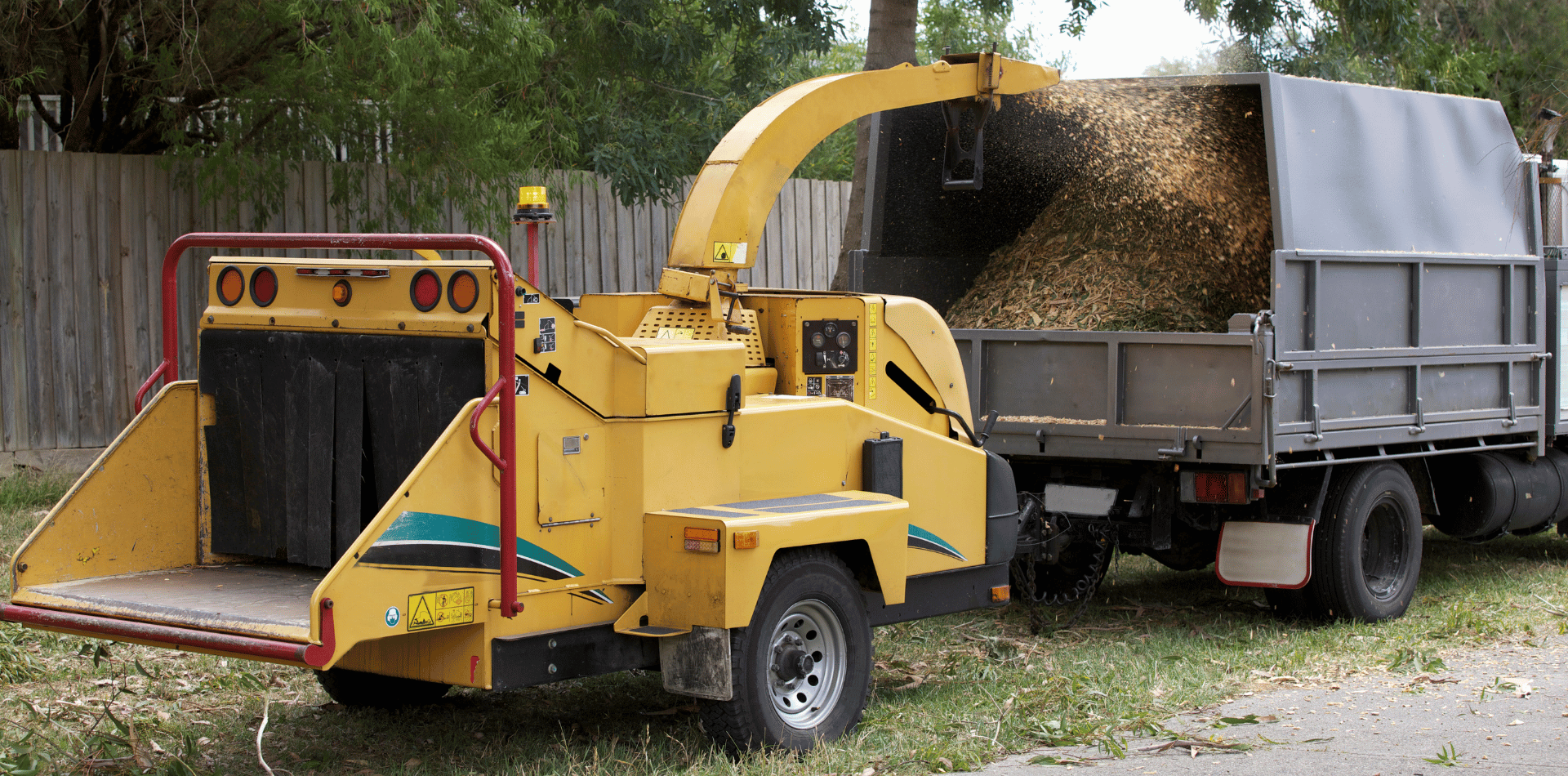
Supporting Biodiversity
By removing potential pest habitats and improving soil conditions, stump grinding supports a diverse ecosystem in your garden. This diversity is crucial for the health and resilience of the garden, providing a habitat for beneficial insects, birds, and other wildlife.
Stump Grinding Techniques and Equipment
Types of Stump Grinders
Stump grinders come in various sizes, from handheld models to large, self-propelled machines, each suited for different types of jobs. The choice of grinder depends on the size of the stump, the extent of the root system, and the accessibility of the site.
DIY vs. Professional Stump Grinding
While smaller stumps can sometimes be tackled with DIY methods, professional stump grinding is recommended for larger, more complex jobs to ensure safety and efficiency.
Professionals have the experience, equipment, and knowledge to safely and effectively remove stumps, minimising the impact on your landscape.
Transforming Your Garden: Beyond Stump Removal
Stump grinding is more than just an item on your landscaping to-do list; it's a crucial practice that supports soil quality, enhances garden health, and contributes to the ecological balance of your outdoor space.
By understanding the process and its benefits, you can make informed decisions that promote the health of your garden and the environment.
Whether you choose to tackle the job yourself or hire professionals, removing those unsightly stumps can transform your landscape into a thriving, vibrant ecosystem.
Here are some common questions we get asked on Stump Grinding.
- How much does stump grinding cost?
- The cost of stump grinding varies depending on the size of the stump, its location, and other factors. Typically, prices can range from $200 to $600 per stump.
- Is stump grinding better than stump removal?
- Stump grinding is less invasive and typically quicker than complete stump removal, which involves digging out the entire stump and root system. It's generally preferred for residential landscapes due to its efficiency and minimal impact on the surrounding area.
- Can I grind a stump myself?
- Yes, stump grinding can be a DIY project if you have the right equipment and safety gear. However, for large or complex stumps, it's recommended to hire professionals to ensure the job is done safely and effectively.
- What should I do with the wood chips from stump grinding?
- The wood chips can be used as mulch around your garden or composted. If you have an excess of chips, you may also consider offering them to neighbours or local community gardens.


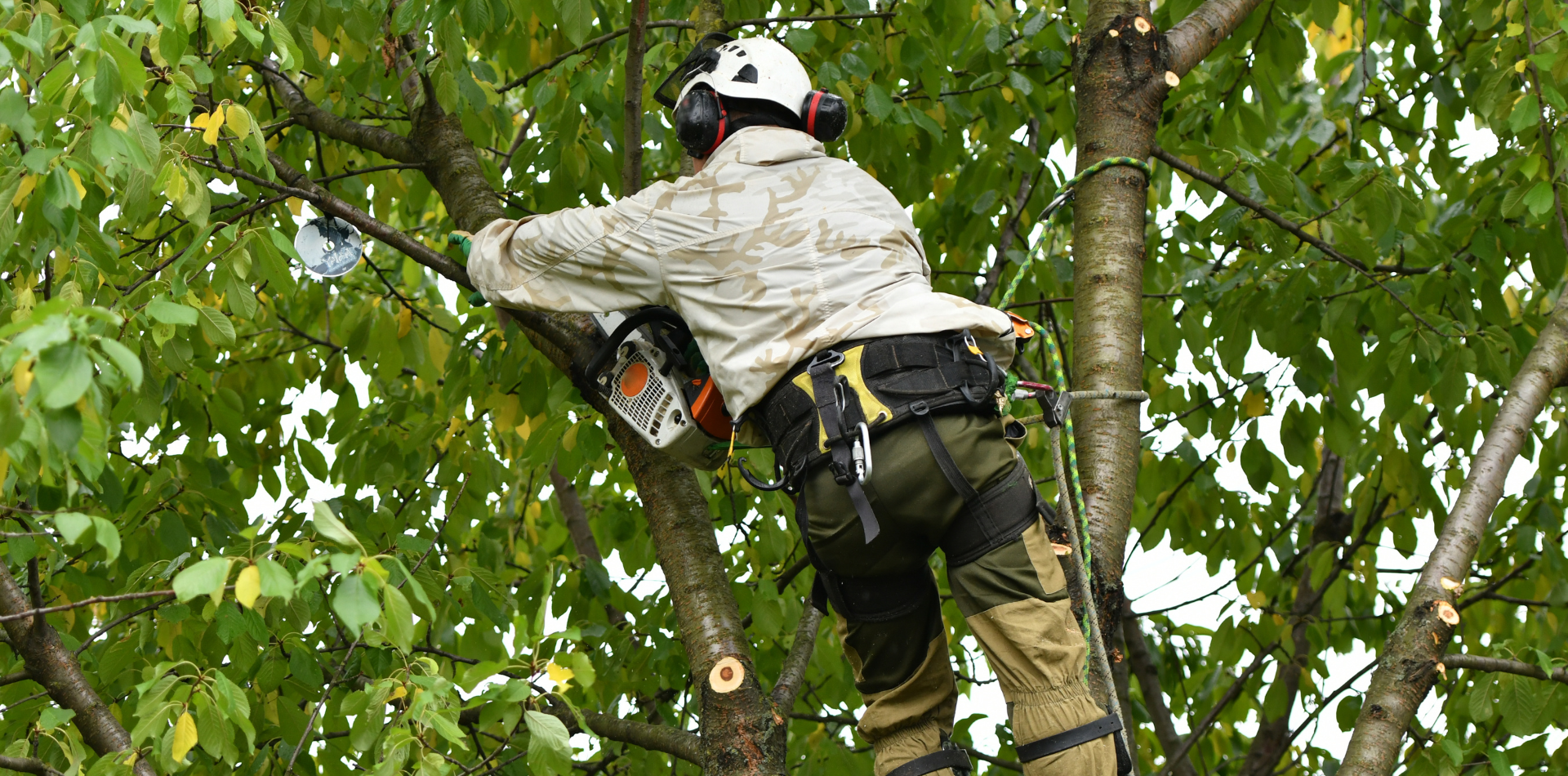


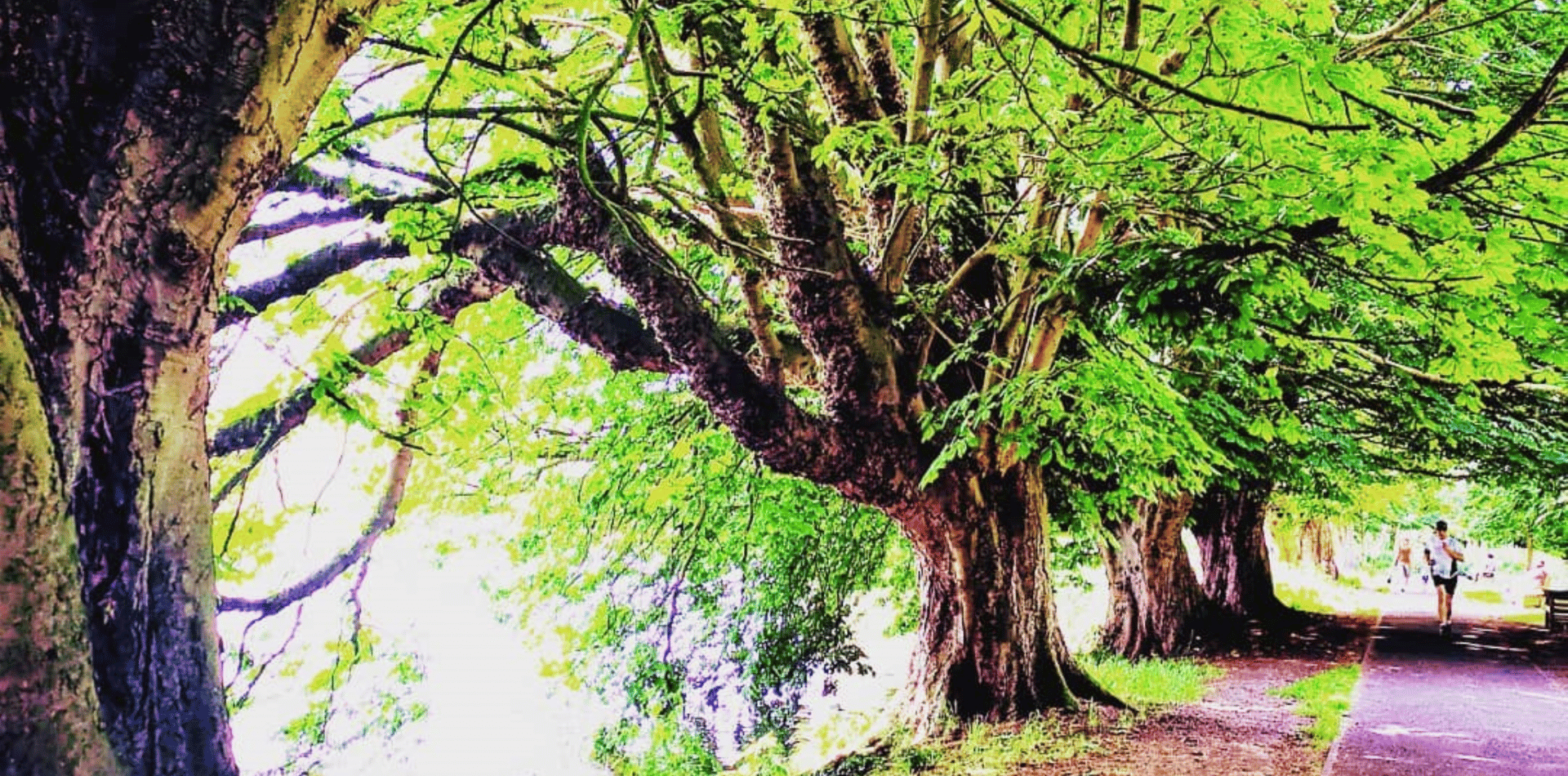
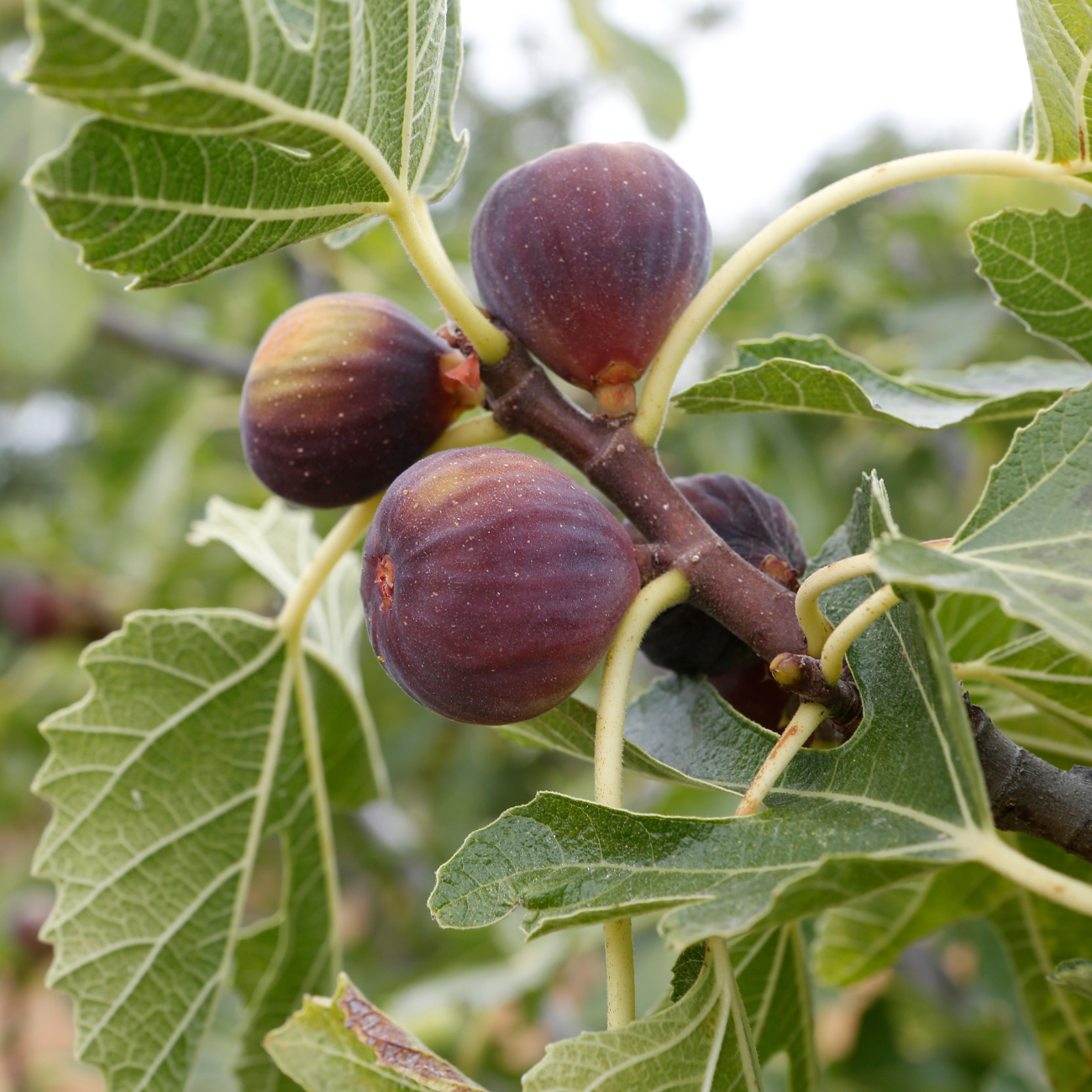


Contact
Kaptol Tree Removal Newcastle
A Member of the Kaptol Group
Powered by Kaptol Media

